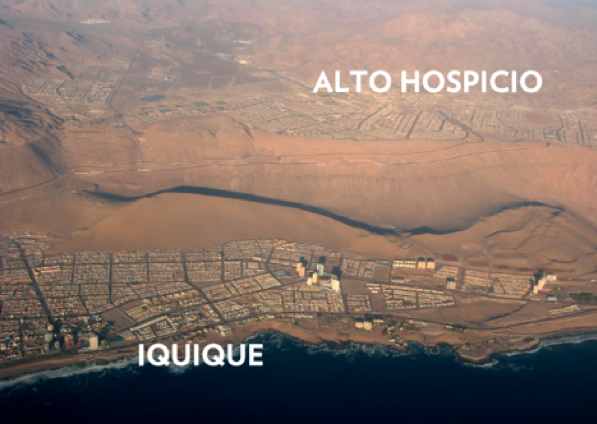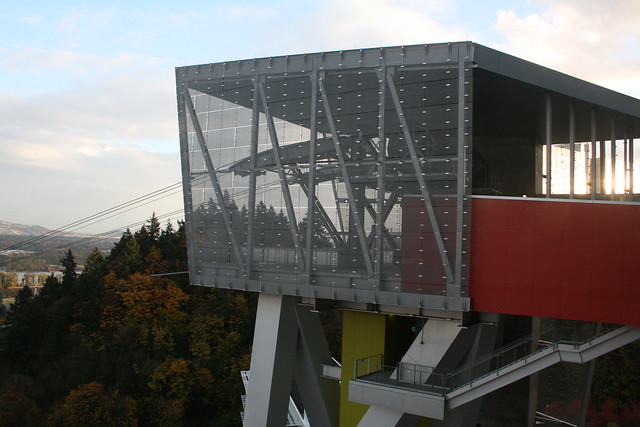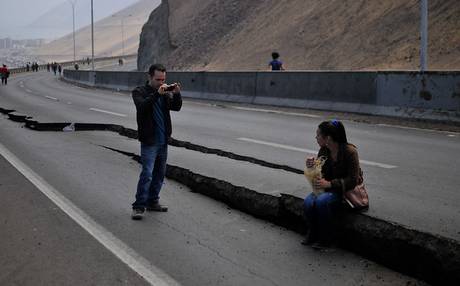Post by Mauricio Miranda.
Throughout the world, Cable Propelled Transit (CPT) technology is already being employed in countless innovative ways. But a new project in Chile has the potential to add another application to that list.
The country’s government is looking to build a cable car system that would serve as an emergency-response tool in an area prone to seismic activity.
The idea itself has been debated for a decade, but like many infrastructure projects, it became a highly politicized topic. However, a particularly powerful earthquake this past spring off the coast of Chile highlighted just how fragile the connectivity between the northern towns of Alto Hospicio and Iquique is.
This is an area that constantly suffers from very strong seismic events. And what makes it even worse for Iquique is that its only ground access depends on the Autopista Alejandro Soria, a narrow 10-kilometre road that connects it to Alto Hospicio. The road has already sustained damage along the entire stretch, and any further deterioration could leave Iquique in total isolation.
Here’s a look at the condition of the road this past April:
Iquique has 90,000 residents and, according to Chilean urbanists, more than 40% of Iquique’s urban development is in a flood risk area. Experts claim that a massive earthquake with an epicentre in the region could critically damage their entire road network. Such an event would likely cut citizens off from common services and necessities, putting the whole city on a extreme state of alert.

Map of Alto Hospicio and Iquique.
The Chilean government strongly believes that a $40 million USD cable car system is the best option for providing emergency response services should such a catastrophe occur, as well as a way of offering better public transit and increasing local tourism. It’s worth noting that other cable car systems have already been built to withstand and meet these demanding conditions.

For example, the Portland Aerial Tram is designed to exceed US Seismic standards. Image by Flickr user Jeramey Jannene.
So despite the years of debate, the idea of the Iquique-Alto Hospicio cable car remains very popular — the community wants it and the government is ready to fund it. Recently, Chilean president Michelle Bachelet officially included it in the budget for her Infrastructure, Development and Inclusion plan.
Overall, this Chilean cable car is truly fascinating concept. While I have never heard of cable cars being used for disaster relief, should this system prove successful I suspect that we may see many more emergency response gondolas in the future.
Become a Contributor, Write a Guest Post.
For more information check out the Get Involved page here.



1 Comment
Interesting article. Yet another benefit of gondola technology that I hadn’t previously considered. With a relatively small footprint (stations and pylons) gondolas must be fairly robust to seismic activity (and floods) compared to roads and railways etc.